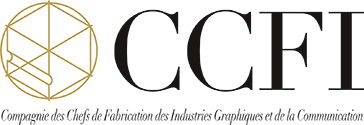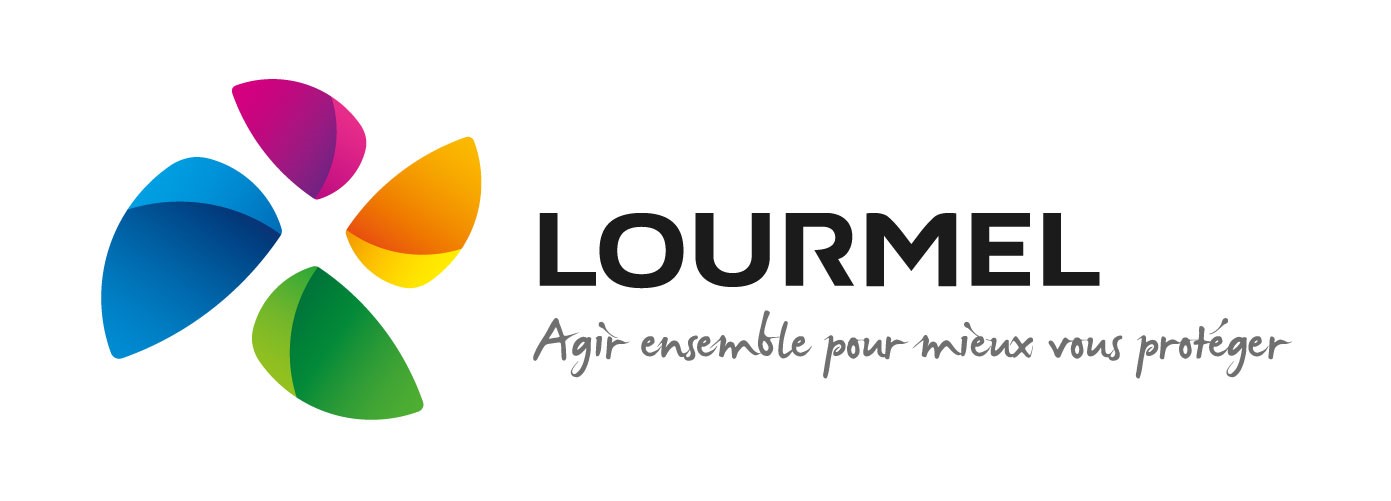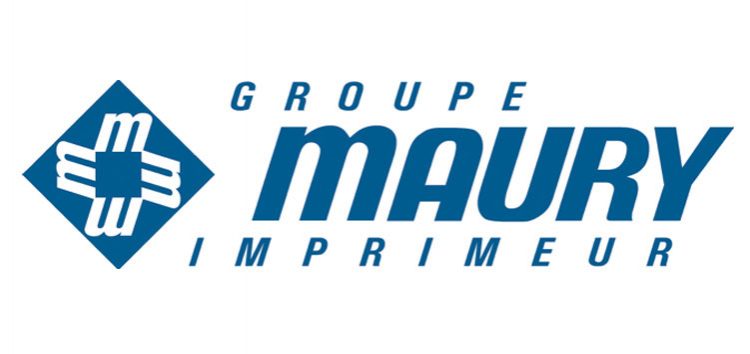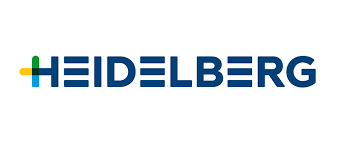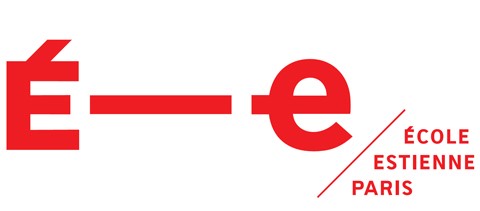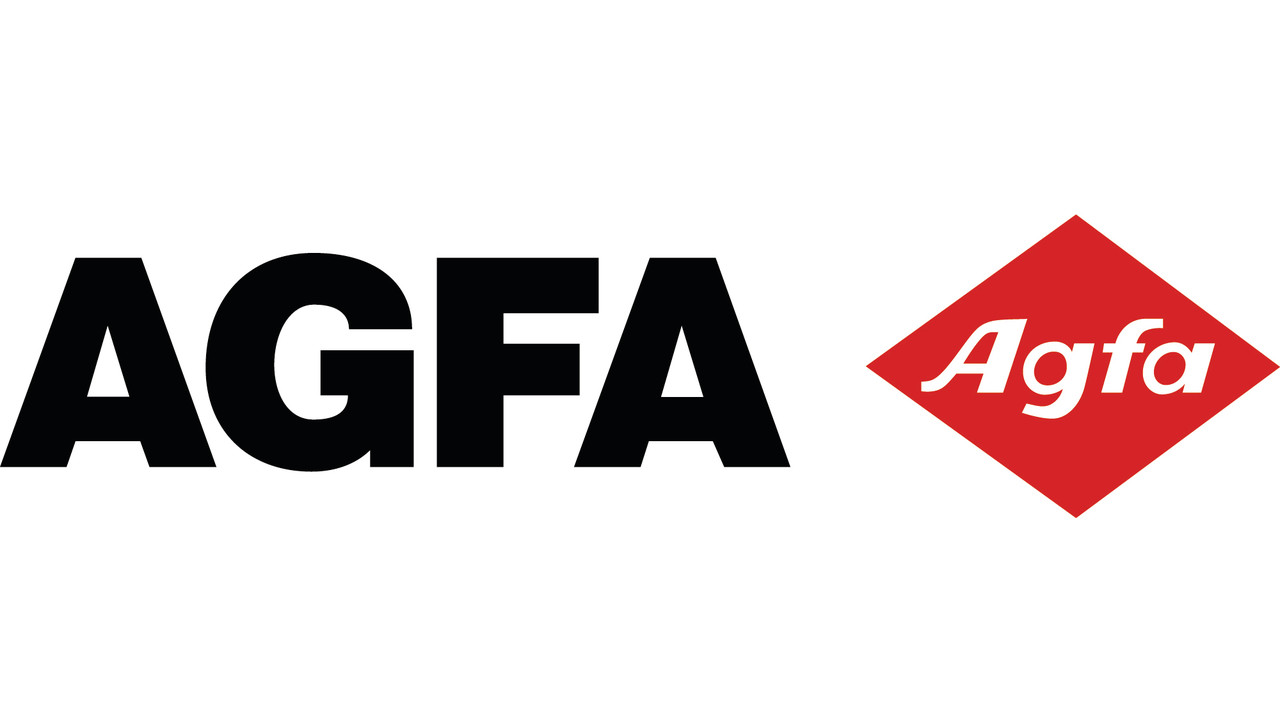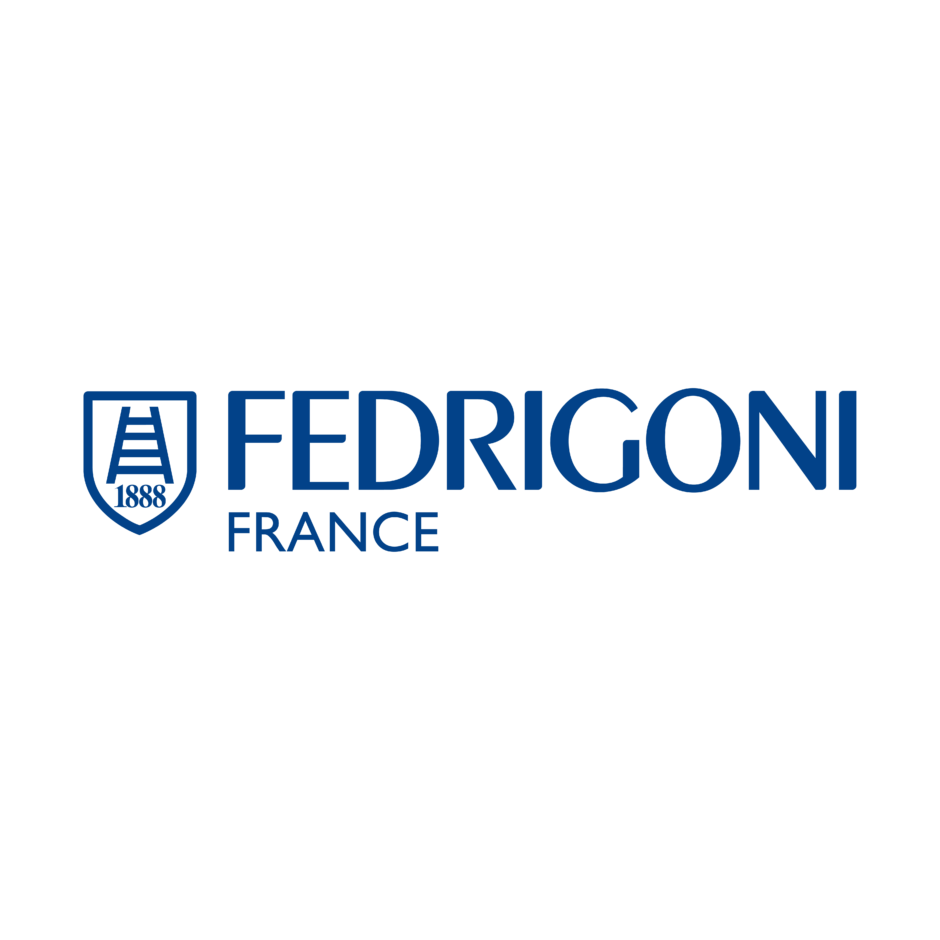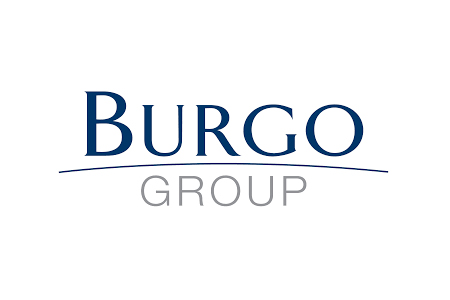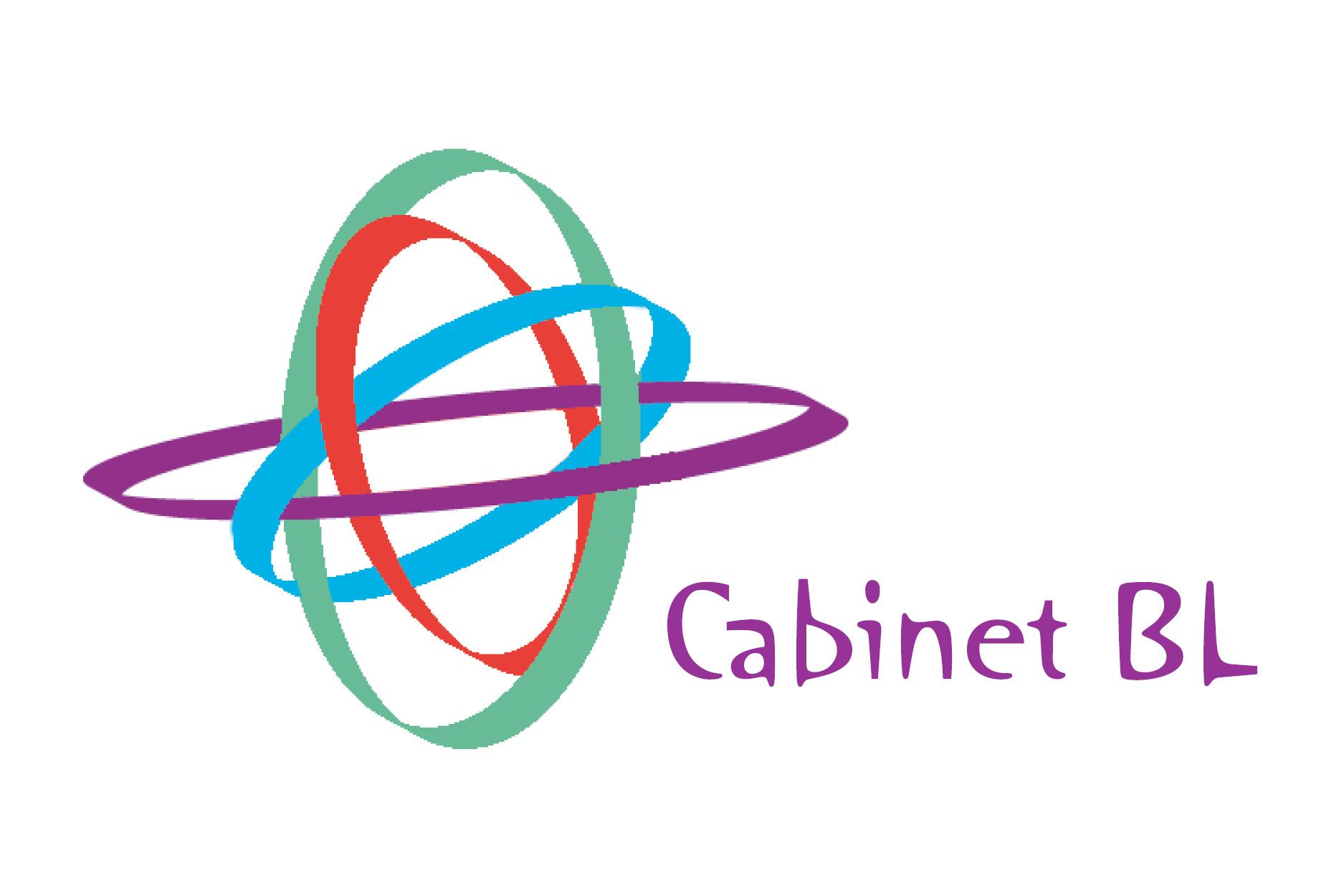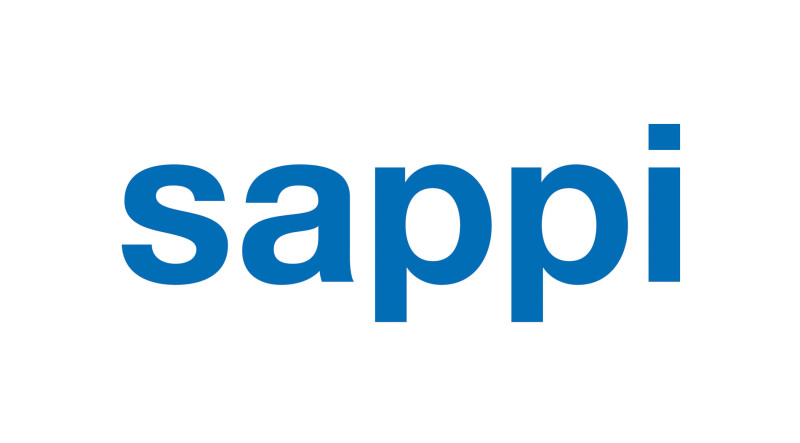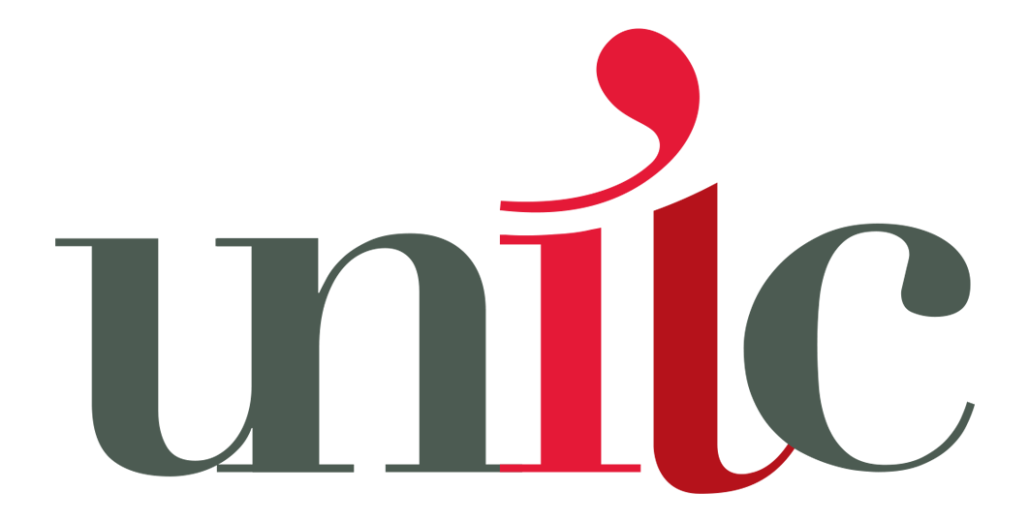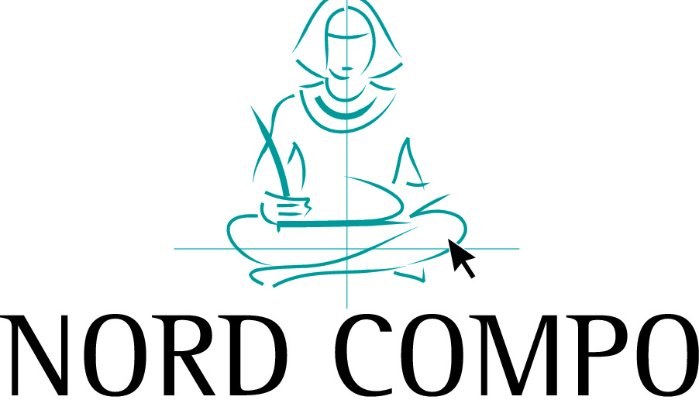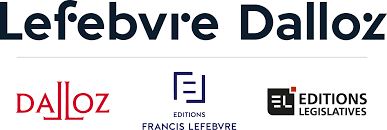La fusion GateHouse-Ganett contrôlerait un groupe de 265 quotidiens, soit 1 journal sur 6. Une concentration que les États-Unis n’ont jamais connue.
It’s looking like Gannett will be acquired by GateHouse — creating a newspaper megachain like the U.S. has never seen
A combined GannHouse (Gatenett?) would own 1 out of every 6 daily newspapers in America. The goal? Buy two or three more years to figure out how to make money in digital.
The deal isn’t yet finished. But I’m told by multiple sources that there are no major stumbling blocks left to negotiate in a megamerger between the United States’ two largest daily newspaper chains — Gannett and GateHouse. It’s increasingly likely to happen, with an announcement by summer’s end. That’s despite absolute public silence from the companies involved.
A combined Gannett and GateHouse would create a superchain that owned and operated more than one-sixth of all daily newspapers in the country — a prospect I first reported on in mid-May. The merged company would control 265 dailies with a combined daily print circulation of about 8.7 million. The next largest newspaper chain in print circulation is McClatchy, well behind at about 1.7 million.
Gannett and GateHouse executives (and their bankers) continue to put the deal together. The hard issues have been gamed out, like which company’s shareholders would get a majority of the new company; so have many soft issues, like cultural fit between both companies’ leaders. Over the months that they’ve been talking, the comfort level has grown, I’m told, and that’s what increases the chances of an announcement in the relatively near future.
Call it maybe the only deal that can get done in this environment of newspaper companies in decline. Their leaders have spent the last few years — 2019, especially — sketching out nearly every possible corporate marriage, all in a quest for enough cost-cutting to buy a little more time. The hunt for scale seems to be ending with a merger of No. 1 and No. 2.
Regulatory review would follow the announcement, with the newly merged company likely to start life by early 2020. And of course, that’s only when the laborious, time-sucking work of combining management teams, tech stacks, and corporate (and editorial) cultures begins.
These are the deal dynamics coming into focus:
- GateHouse, via its parent company New Media Investment Group, would be the acquirer — even though it’s the smaller company by market cap, cash flow, and revenue.
- NEWM would then own both GateHouse — the operating company for its 156 daily newspapers and more than 300 weeklies — and Gannett, with 109 dailies and more than 1,000 weeklies and niche publications. The merged company would then take on a unified brand. That could be Gannett, with its longer history and national USA Today brand. Or it could be a new name altogether. (Not TEGNA, that’s taken.)
- With investors currently granting its earnings a higher multiple, GateHouse shareholders would likely get a majority of the combined company’s shares.
- The Gannett board, I’ve learned, would likely be content with its shareholders getting a cash payment in the neighborhood of today’s $7.90 closing share price. The premium would be paid in shares.
- Fortress Investment Group, which manages New Media/GateHouse by contract, will play a still-being-worked-out role in the transaction. Currently, Fortress takes an annual management fee out of the operation. In 2018, it took out $21.8 million in total — based on a basic management fee of $10.7 million and the rest an incentive payout based on GateHouse’s net income. Will Fortress continue to play a role in a merged company? Gannett’s board is unlikely to feel comfortable with that, and that’s one of the issues still to be tackled. According to its management contract, Fortress can be bought out of its agreement. That, though, will cost one year’s fee, or about another $10.7 million (in addition to whatever it’s earning for calendar 2019) and an additional buyout of its incentive fee.
Meanwhile, Fortress’ marketplace heft could be integral to getting the deal done at all. That’s why several industry observers say this may be the only big industry deal that can make it to the finish line in mid-2019.
Throughout the first six months of what I’ve called the 2019 Consolidation Games, industry sources have been reminding me (and I’ve reminded you) that obtaining financing for any major newspaper transactions remains fraught. Who feels confident about any daily newspaper financial projections for 2021, much less 2023? So, Fortress — with its own capital, its standing in financial markets, and its newer Softbank ownership — may be able to bring a deal to financial conclusion where others would stumble.
The logic of the deal
The thinking isn’t hard to understand. This isn’t about building a digital news juggernaut ready and eager to blaze a new chapter in American journalism. Despite the unprecedented scale on offer, you won’t hear any talk of building a “Netflix for news” or a “New York Times for local.”
Simply put, these companies’ leaders think a megamerger buys two or three years — “until we figure it out.” The “it” is that long-hoped-for chimera of successful digital transformation. Gannett and GateHouse, like all their industry brethren, look at ever-bleaker numbers every quarter; the biggest motivation here is really survival, which in business terms means the ability to maintain some degree of profitability somewhere into the early 2020s.
If the deal gets done, the parties will, of course, cite the synergies of the deal — all real, all likely inflated to some degree, as they are in nearly all mergers. Figure those savings could add up to something like $200 million over the next two years, though some are putting the number higher.
“Two CFOs, two legal counsels, two sets of technology, etc.,” one savvy observer summed up the targets of this and other attempted deals. But will it also mean more newsroom cuts? Both Gannett and GateHouse management have done their share of newsroom cutting, and both realize the damage those cuts — and further ones — do to the products they try to sell to subscribers, print and digital. But they have cut, and they will continue to cut, to make the numbers they think they need to make.
One thing you don’t see in that quote above is “two CEOs” — a cost one expects to get halved in a corporate merger like this. That’s a curious wrinkle here. Mike Reed serves as CEO of New Media Investment Group; his longtime business partner Kirk Davis serves as CEO of GateHouse Media. Meanwhile, Gannett doesn’t currently have a CEO, and hasn’t since Bob Dickey retired earlier this year. An announcement of that new CEO had seemed close for months — only to be delayed. Has Gannett abandoned that hire, given the imminence of a GateHouse deal?
Apparently not. Gannett is still apparently proceeding with its hiring of a well-known industry figure, who’ll be considered a twofer, sources tell me. The new CEO, Gannett would expect, could lead the company forward in the runup and workthrough of a merger. Or, if the merger failed, he could operate the company.
The obvious question: Who’ll run the merged company? Would Reed move to chair of a new board? Would Gannett’s new CEO or Kirk Davis ascend to lead this behemoth of a newspaper chain?
The synergies extend beyond cutting, though cutting is where the financial analysis begins. Consider the matchups:
- Both companies’ properties are concentrated in smaller to mid-metro communities. Gannett owns a number of metros (Phoenix, Indianapolis, Detroit, Nashville, Milwaukee, Cincinnati), and GateHouse’s assembled a few too (Columbus, Oklahoma City, Providence, Austin). But their core properties are in smaller markets.
- Both companies have focused on building local agency advertising-plus services and believe more scale may help profitability.
- Gannett touts the success of its USA Today national digital ad network; a merger would add more scale to its offerings.
- Both companies have regionalized huge portions of management and daily production work — editors overseeing multiple properties, regional design centers handling layout, centralized printing and unified tech backends. While that makes for a cultural fit, it also of course means there are probably fewer cost savings left to be squeezed out of even more regionalization.
“Regionalization” really should be a key word here. “Local” news is rapidly coming to mean “regional” news. Readers in print and digital too often now get “local” news out of places 50 miles away, just as long as the daily’s corporate parent also owns those news operations down the road. And I’d expect to see a lot more regionalization out of this merger.
The fall of the house of Gannett
There’s the deal here, and then there’s the spectacle.
Little GateHouse — historically a minor and frankly not journalistically well-regarded newspaper company — ascended from the ashes of a 2013 bankruptcy. As part of that process, Fortress Investment Group invented New Media Investment Group as a holding company, and GateHouse has been on an acquisition rampage ever since.
CEO Mike Reed, who I interviewed for Nieman Lab last summer was able to use Fortress-assembled pools of capital to play the industry’s timing well. A disciplined buyer, he found smaller newspaper owner after smaller newspaper owner, all of them ready to get out of the business as ad fortunes sank deeper and deeper.
The day it came out of bankruptcy less than six years ago, GateHouse had 78 dailies. Today it has 156, by far the most of any chain.
For much of that growth spurt, investors liked what they saw in NEWM, which offered a good-sized dividend. GateHouse’s own performance and strategy hit a wall over the past year, but with this merger, Reed has apparently pulled a new rabbit out of his hat.
Business is always all about timing, and the timing here is fascinating. Gannett has been on its heels since 2016, when it tried a hostile takeover of Tribune, which then Tribune (and soon Tronc) chairman Michael Ferro used to blow Gannett’s house backward. It reached a point of maximum weakness last December, when CEO Robert Dickey announced he’d retire in May and it became clear the company — facing sad financials — had no plan in place to succeed him.
Smelling blood, Alden Global Capital, the trade’s bête noire, struck, making a hostile (maybe even unusually hostile) bid for Gannett at $12 a share. Gannett successfully resisted the Alden push, which apparently ended when shareholders voted down Alden’s alternative board director candidates in May.
But Alden had pushed Gannett into play, as I reported throughout the spring. Forced to defend itself against Alden, Gannett slow-walked its hiring of a CEO and hired Goldman Sachs to explore “strategic options.”
With that exploration — and with the overriding logic of consolidation driving the entire newspaper industry — entered GateHouse. Over the past several months, the two companies’ executives, boards, and bankers have found themselves increasingly charmed by the prospect of putting the two companies together.
It’s remarkable that Gannett — for the past decade, the clear big dog of the local newspaper industry — isn’t the acquiring party here. While its board will have a say in the structure and leadership of the new company, its status has clearly fallen. The silver lining for the top remaining Gannett executives, some of whom will see this as an excellent time to depart? Change-of-control provisions in their contracts will provide some very silky golden parachutes after a sale is completed.
But remember: This deal isn’t quite done yet. What could intervene? Financing could still prove impossible to obtain. Alden could come back with an all-cash offer higher than $8 — but could it finance it? Could a Gannett/Tribune marriage — the subject of multiple failed proposals, as recently as last year — be resurrected? Sources say that’s unlikely — Ferro is still Tribune’s largest shareholder, and he and Gannett have not played well together — but consider it possible.
If this deal concludes, it will certainly earn the gold medal in the 2019 Consolidation Games I’ve covered all year. It’s one big answer to the question of what’s the survival strategy for top newspaper chains. At the same time, though, it poses another big question: How will — or can — the rest of the big players respond? Will Alden, Tribune, McClatchy, and Lee find new and complex ways to mate?
Or can they? The gap in scale between them and a merged GannHouse would be larger than ever, and money is already tight. Even companies with some of the industry’s best balance sheets are currently having trouble refinancing debt, several financial sources tell me. Even with the best deal logic, would financing be available to pull off any other mergers in the industry’s second tier? And where does this all leave the many, many smaller players — the private regional groups, the lone family papers still standing? The top end of the newspaper food chain is getting a lot bigger, and the effects will be felt all the way down.
Lire : Nieman Lab du 18 juillet
